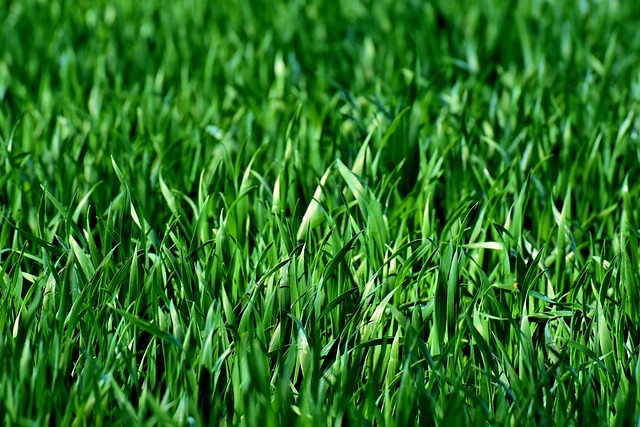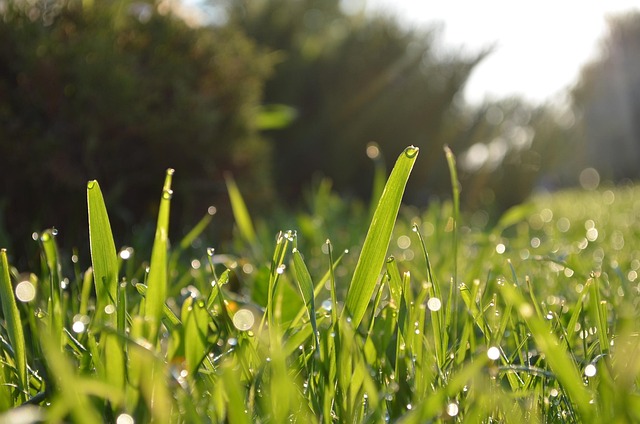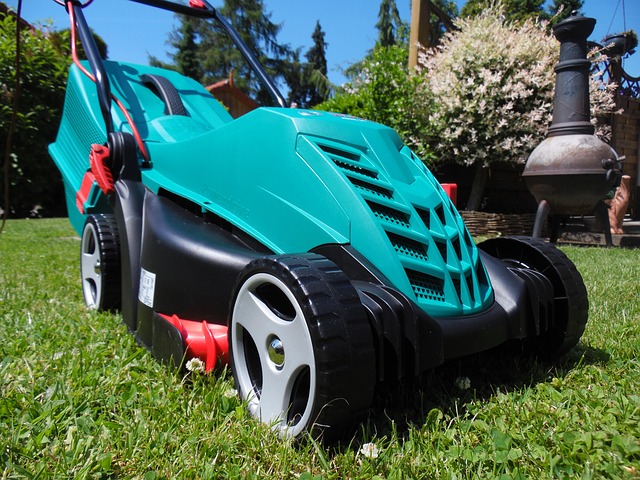Lawn chlorosis, caused by nutrient deficiencies and environmental factors, is addressed in Wheat Ridge through strategic herbicide applications targeting right-of-way vegetation. This method, combined with proper soil care and nutrition, promotes lush grass growth. Effective ROW vegetation management using tailored herbicides maintains a healthy urban landscape, balancing plant health and environmental considerations.
Lawn chlorosis, or yellowing of grass, is a common issue that can be corrected through targeted programs. This article explores effective strategies to combat chlorosis, focusing on the role of herbicide application and proper right-of-way (ROW) vegetation management in Wheat Ridge. Understanding the causes behind this problem is key to successful implementation of correction plans. By examining these tactics, homeowners and professionals alike can enhance lawn health and aesthetics in urban environments.
- Understanding Lawn Chlorosis and its Causes
- The Role of Herbicide Application in Correction Programs
- Implementing Effective Right-of-Way Vegetation Management Strategies
Understanding Lawn Chlorosis and its Causes

Lawn chlorosis, or yellowing of grass blades, is a common issue that can significantly impact the overall health and aesthetics of your lawn. This condition is often caused by various factors, with nutrient deficiencies being one of the primary concerns. In particular, iron deficiency is prevalent in regions with alkaline soil, as it restricts the plant’s ability to absorb essential nutrients. Other causes include compacted soil, improper watering practices, and exposure to herbicides or other chemicals.
In Wheat Ridge, herbicide application for right-of-way vegetation plays a role in managing chlorosis. Targeted herbicide treatments can effectively control unwanted weeds that compete with grass for resources, thereby reducing the stress on lawn grasses. By addressing the underlying causes, including proper soil care and nutrition, homeowners and landscaping professionals can correct lawn chlorosis and promote lush, green grass growth across their properties.
The Role of Herbicide Application in Correction Programs

In many cases, correcting chlorosis in lawns involves a strategic approach that includes targeted herbicide applications. For areas like right-of-way vegetation in Wheat Ridge, herbicide application plays a pivotal role in restoring health and vibrancy to the lawn. By carefully selecting herbicides that are safe for turfgrass but harmful to specific weeds, professionals can effectively manage unwanted plant growth contributing to chlorosis.
This method is particularly beneficial when addressing issues like broadleaf weed invasion, which can deplete essential nutrients from the soil, leading to chlorotic symptoms in grasses. Herbicide applications should be part of a comprehensive correction program that also includes proper watering, fertilization, and other cultural practices to ensure long-lasting results and a lush, green lawn.
Implementing Effective Right-of-Way Vegetation Management Strategies

Implementing effective right-of-way (ROW) vegetation management strategies is essential to maintaining a healthy and visually appealing landscape, especially in urban areas like Wheat Ridge. One of the key methods is herbicide application, which offers a precise and efficient way to control unwanted plants. Local governments and property managers often employ herbicide applications specifically tailored for ROW areas, ensuring a balanced approach that considers both plant health and environmental impact.
In Wheat Ridge, herbicide application for right-of-way vegetation plays a crucial role in maintaining order and aesthetics. By targeting specific weeds and invasive species, these treatments promote the growth of desired grasses and plants. Professionals carefully select herbicides based on their compatibility with local ecosystems and weather conditions to maximize effectiveness while minimizing harm to non-target species. Regular maintenance ensures that ROW areas remain well-managed, contributing to a harmonious urban landscape.
In addressing lawn chlorosis, a comprehensive approach combining understanding, prevention, and correction strategies is key. By recognizing the causes, such as nutrient deficiencies and herbicide damage, homeowners and professionals can implement effective solutions. Herbicide application plays a crucial role in managing right-of-way vegetation in Wheat Ridge, offering a targeted and efficient method to correct chlorosis caused by invasive species. When combined with proper vegetation management techniques, these programs ensure lush, healthy lawns while maintaining aesthetic appeal and environmental balance.
